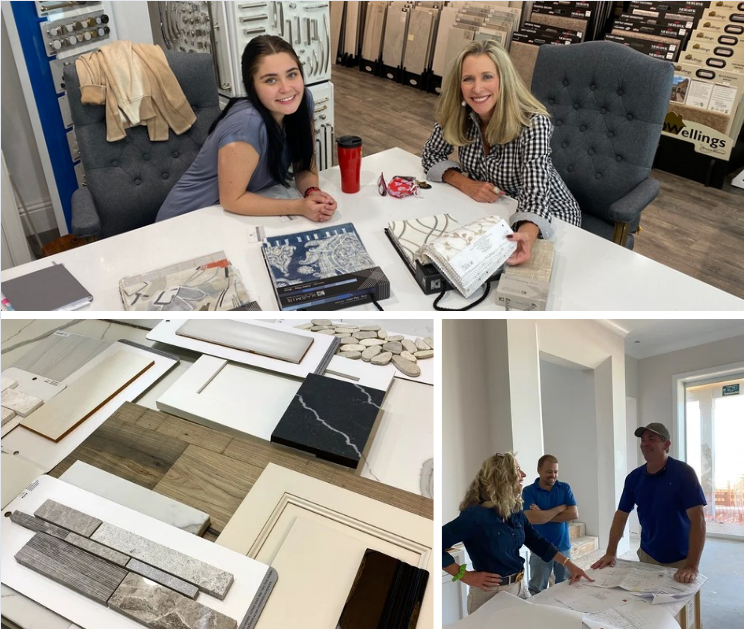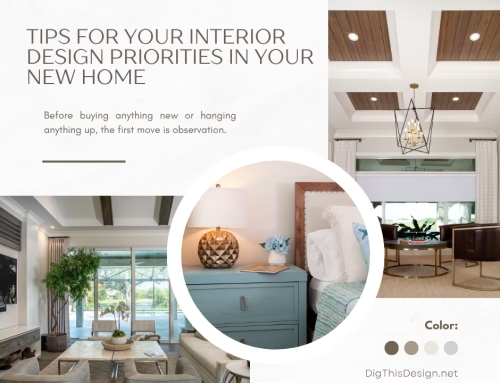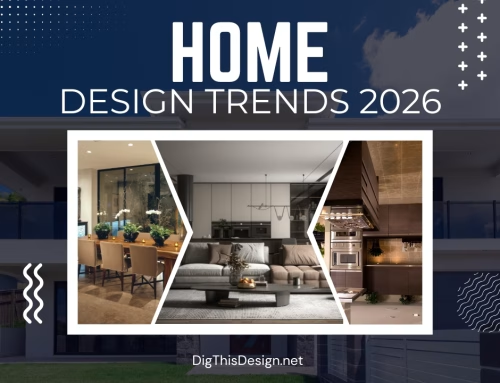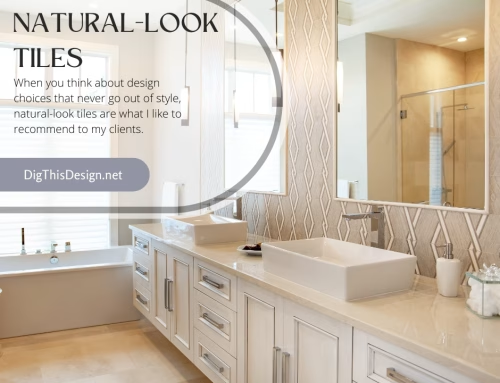As a designer, there are many times when I am faced with a new client asking for dated materials for their new home. I believe it is up to me to guide my client to avoid selecting end-of-trend materials. It is their home and they will choose what resonates with them and as a designer, I will executive perfectly whichever product they decide.
When planning to build a new home or renovate an existing one, choosing the right materials is crucial. Opting for dated materials can lead to several issues, both aesthetically and financially. In this blog post, we will explore why avoiding dated materials is essential and how to ensure your home remains stylish and valuable for years to come.
Don’t Use Dated Materials – Choose Wisely

The Risks of Using Dated Materials
- Decreased Property Value
Using dated materials can significantly reduce the value of your home. Potential buyers are often deterred by outdated finishes, which can make your home harder to sell. Modern buyers typically seek contemporary designs and up-to-date materials, which means that homes with dated materials may sit on the market longer and sell for less.
- Increased Maintenance Costs
Dated materials often require more maintenance. Older materials may not have the same durability or quality as modern options, leading to frequent repairs and higher upkeep costs. This can become a financial burden over time, detracting from the enjoyment and convenience of your home.
- Lack of Energy Efficiency
Many dated materials do not meet current energy efficiency standards. This can result in higher utility bills and a larger carbon footprint. Modern materials are designed to be more energy-efficient, helping homeowners save money and reduce their environmental impact.
- Limited Availability and Higher Costs
As trends change, the availability of dated materials decreases, making them harder to find and often more expensive. Manufacturers shift their focus to producing modern, in-demand materials, leading to a scarcity of older options. This can drive up the cost of renovations and complicate the construction process.
The Benefits of Using Modern Materials
- Enhanced Aesthetics
Modern materials offer a wide range of styles and finishes, allowing homeowners to create a contemporary and appealing look. Staying current with trends ensures that your home will remain attractive to potential buyers and guests.
- Improved Functionality
Advancements in building materials have led to improved functionality. Modern materials are often more durable, easier to maintain, and designed to meet today’s standards for safety and efficiency. This can enhance the overall livability of your home.
- Higher Energy Efficiency
Newer materials are typically more energy-efficient, helping to reduce utility costs and environmental impact. Insulation, windows, and other building components have seen significant improvements, making it easier to maintain a comfortable home environment.
- Long-Term Value
Investing in modern materials can increase the long-term value of your home. By keeping your property updated with the latest trends and technologies, you can ensure it remains desirable and competitive in the real estate market.
How to Avoid Using Dated Materials
- Research Current Trends
Stay informed about the latest trends in home construction and renovation. Design magazines, online resources, and professional consultations can provide valuable insights into what materials and styles are currently popular.
- Consult with Professionals
Working with architects, interior designers, and contractors can help ensure you choose the best materials for your project. These professionals are familiar with current trends and can recommend options that will keep your home looking fresh and modern.
- Prioritize Quality and Longevity
When selecting materials, prioritize quality and longevity. High-quality materials may have a higher upfront cost but will save you money in the long run due to their durability and low maintenance requirements.
- Consider Future Trends
Think about future trends and how they might impact your choices. Opt for classic, timeless materials that are likely to remain in style, even as trends evolve. This can help you avoid the need for frequent updates and renovations.
Conclusion
Building or renovating a home with dated materials is a costly mistake that can lead to decreased property value, higher maintenance costs, and a lack of energy efficiency. By choosing modern materials, you can enhance the aesthetics, functionality, and long-term value of your home.
Stay informed about current trends, consult with professionals, and prioritize quality to ensure your home remains stylish and valuable for years to come. Avoiding dated materials is not just about following trends; it’s about making smart, future-proof decisions for your home.
By taking these steps, you can avoid the end-of-trend trap and create a home that is not only beautiful but also built to last. Making informed choices today will ensure that your home remains a source of pride and comfort for many years into the future.
Other posts you might enjoy:
Beyond Trends: 8 Reasons Bathtubs Remain a Practical and Luxurious Home Feature
7 Interior Door Trends You Need to Check Out Now





